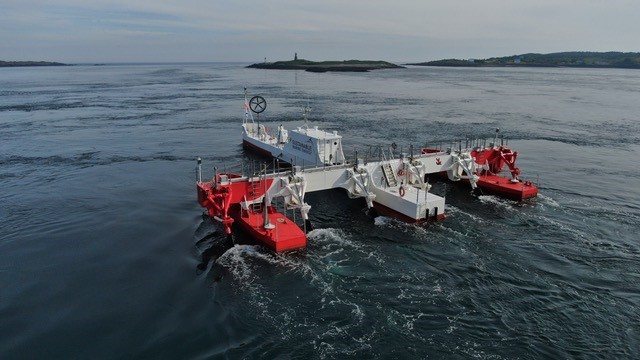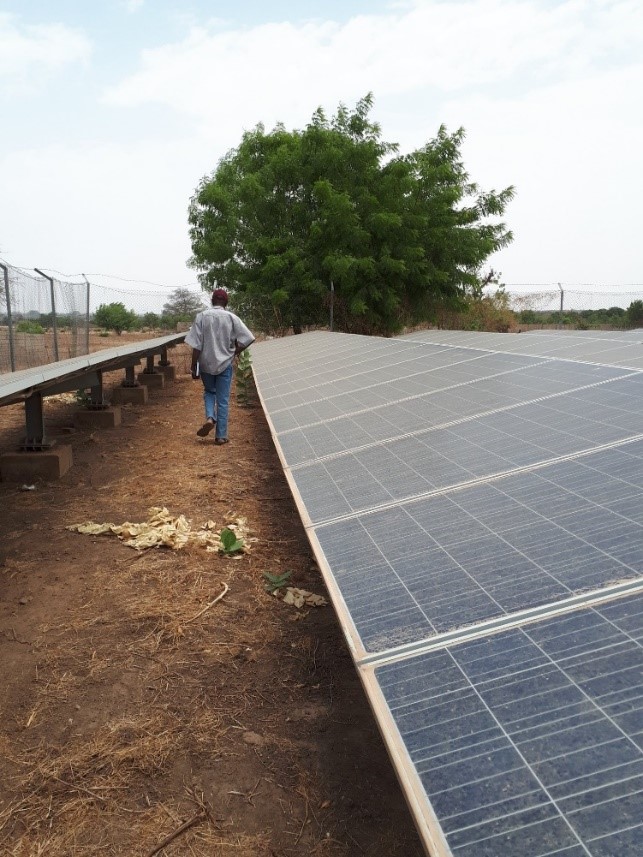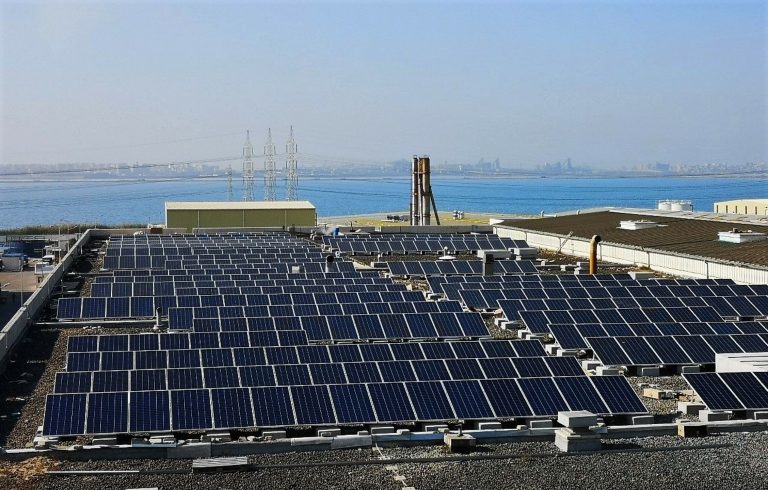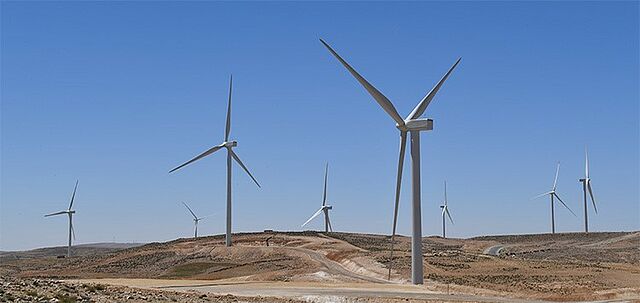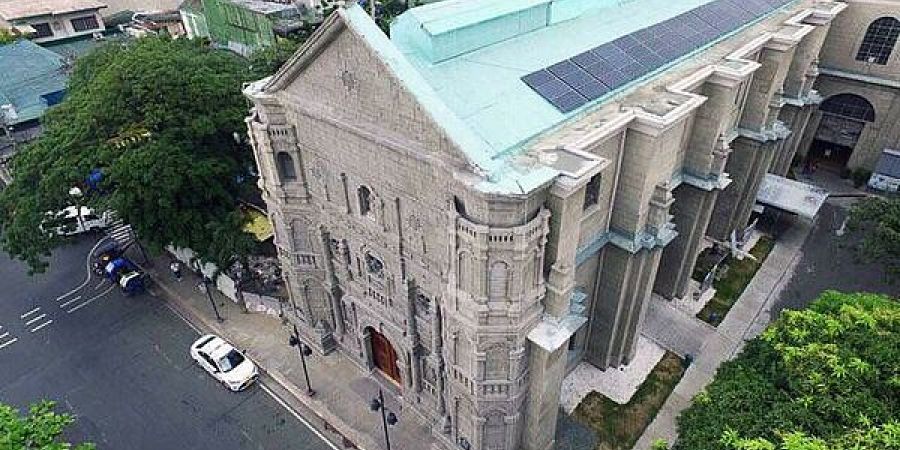
Background: The Philippines’ energy sector is heavily reliant on fossil fuels and is the largest contributor to national greenhouse gas (GHG) emissions. The project “Distributed Solar Power” was embedded in the Philippines’ Intended Nationally Determined Contribution (INDC), which targets a 70 per cent reduction of GHG emissions below business as usual (BAU) (projected from 2000) by 2030 and identifies the energy, transport, waste, forestry, and industrial sectors as key contributors to reaching this goal. The Renewable Energy Act 2008 is to support Renewable Energy (RE) development through feed-in tariffs (FIT), a renewable portfolio standard (RPS), as well as net metering (NEM) for RE installations up to 100kW. The NEM rules were approved in 2013, but the uptake has been rather slow.
Barriers for higher penetration levels of distributed generation (DG) photovoltaic (PV) under NEM or self-supply include: banks and leasing companies being reluctant to offer reasonably priced, reasonably termed, standardized, financing products due to perceived market and technology risks, and the perception that the market is too small, in particularly outside the Metro Manila area. Net metering projects also must undergo complicated permitting processes from grid operators and Local Government Units (LGU). The absence of technology certification and installer accreditation programs leads to higher risks, transaction costs, and lower safety for grid operators and consumers.
Approach to Transformational Change: The project “Philippines Distributed Solar Power”, aimed to accelerate the penetration of new distributed solar power by reducing technology risks, lowering transaction costs, and creating financing options for DG PV customers and third parties. Planned activities include streamlining the permitting process, accrediting installers, creating a technology certification program, and supporting the development of an initial pipeline of projects to help low grid-impact projects to come online. The project also planned to build the financial sector capacity to evaluate distributed PV projects and bring a variety of financing options for DG PV customers. The project intended to accelerate the development of the Philippine DG PV market estimated at over 3,000 MW.
“Philippines Distributed Solar Power” planned to create a Financing Support Fund (FSF) to reduce the perceived risk by local financial institution and facilitate the flow of commercial debt to the distributed RE sector. The FSF was to leverage approximately EUR 75 million from the private sector and directly lead to financing 50 MW in DG PV installations.
Mitigation potential: The project was expected to lead to 1.8 million tCO2e in direct emissions reductions over 25 years and cumulative long-term indirect reductions of 47 million tCO2e by 2040.


